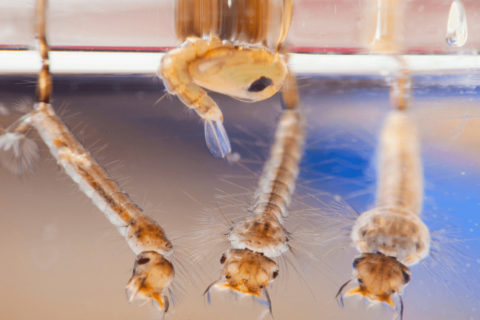Yellow Jackets 101
What really are Yellow Jackets?
Contrary to popular belief, Yellow Jackets are not bees! They may have a color resemblance to the pollinating insects, but they are actually a type of wasp. Many people tend to confuse the two and this can give bees quite a bad reputation. Yellowjackets have a much more hostile demeanor. These ground-nesting wasps can be extremely aggressive. That bee stings you think you’re getting could actually be caused by these nasty pests.
Yellow Jackets are in fact ground nesters who typically take up residence in the burrows of rodents or other small animals. This underground territory being threatened is what spurs the wasps into a frenzy thus causing those painful stings to you or your loved ones. They are very territorial, so having them in your yard can certainly pose a potential threat. Proper removal and prevention of the Yellow Jackets are crucial to both their safety and your own.
How can Yellow Jackets be beneficial to the environment?
Yellow Jackets act as a great natural pest control for your garden. They feed their young other insects such as flies, caterpillars, or other pests that could cause damage to your plants or be a nuisance to you. This is a potential benefit of the presence of Yellow Jackets, but that is the only potential benefit. They do not pollinate plants like their look-a-like bumblebee, so their presence around your garden is not necessarily a pleasant one. Safe removal of these insect predators will cause no detriment to your surrounding plants.
How can you prevent or remove Yellow Jackets from entering your yard this year?
The first step to controlling the population is simple. Get rid of any potential food source. Yellow Jackets can also feed off of fruits, vegetables, or compost that may be found in your yard or trashcans. This will require you to make sure all trash is kept sealed and stored somewhere the insects couldn’t enter and feed off of your garbage. Picking up rotting fruit or vegetables around your garden will also help in preventing the growth of Yellow Jacket populations. These can act as a highly valued resource to them as it is close to the nest and therefore more desirable to the stinging pests.
Once you have identified the presence of Yellow Jackets in your yard, it is important to locate the nest. Holes in the yard can be very small and still inhabit a large nest of the wasps. Watch carefully and then mark in some way where the nest is, so you can properly avoid the possibility of a dangerous misstep. After the nest has been marked, it is important to remember to remove the pests at night. Whether you use baits, traps, or sprays, it is crucial to strike by night when the wasps are less active. This will make your chances of getting stung much lower.

